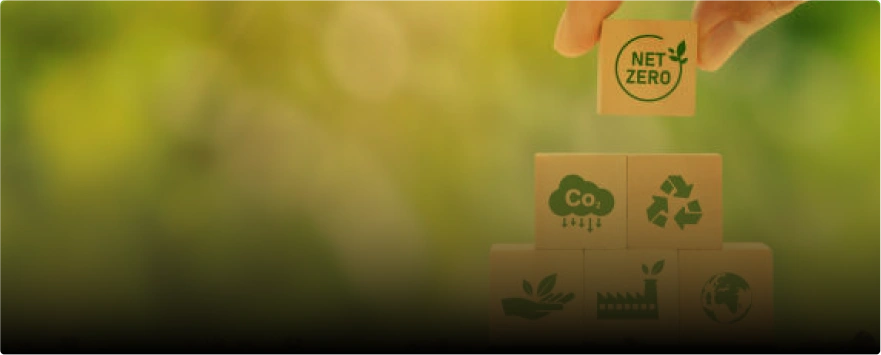Tasar silk, a remarkable textile derived from the wild and rustic silkworm, begins its journey in the lush forests of India. Produced by the Antheraea mylitta species, these silkworms thrive on the leaves of native trees such as Sal, Arjun, and Asan. Found abundantly in regions like Jharkhand, Chhattisgarh, Madhya Pradesh, and Odisha, these trees create the perfect environment for the silkworms to flourish.
The lifecycle of Tasar silk commences when female moths lay their eggs on the leaves of these host trees. Once the eggs hatch, the caterpillars emerge and begin to voraciously feed on the leaves, rapidly growing in size. As they mature, the caterpillars prepare to spin their cocoons—a protective silk case where they will undergo metamorphosis into moths. These cocoons, spun in the wild and attached to tree branches, are nature’s own masterpieces, each one unique and filled with the promise of silk.
Harvesting Tasar silk is a delicate process that honors this natural cycle. The cocoons are carefully collected from the trees, and in traditional methods, the moths are allowed to emerge naturally before the cocoons are gathered. This sustainable approach ensures that the forest ecosystem remains undisturbed, making Tasar silk an eco-friendly choice.
Once collected, the cocoons are boiled to soften the sericin—a natural protein that binds the silk threads together. Skilled artisans then unwind the silk from the cocoons, revealing the textured, golden-brown threads that give Tasar silk its distinctive rustic charm. This exquisite silk is then woven into beautiful fabrics, cherished across the Indian subcontinent. Each piece of Tasar silk carries the essence of the forest and the craftsmanship of those who produce it, making it a truly unique and sustainable fabric.
Beyond its aesthetic appeal, Tasar silk rearing serves as a catalyst for change. It provides a sustainable source of income for rural communities, particularly in tribal regions where economic opportunities may be limited. By integrating silk rearing into their livelihoods, farmers not only enhance their financial stability but also contribute to environmental restoration and the preservation of traditional skills.
The final product of this incredible journey is a fabric as unique as the forests from which it originates. Tasar silk is celebrated for its rich texture, natural sheen, and durability. Each piece embodies the story of the wild, the traditions of the communities who rear and weave it, and the sustainable practices that ensure its continued existence.





